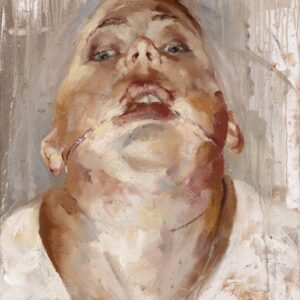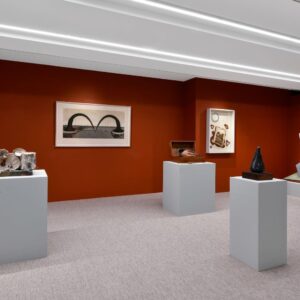While reading “My Favourite Game: Fotografia e Videogioco” [My favourite game. Photography and videogames] by Simone Santilli, a recently published work, I found myself pleasantly surprised by the synchronicity of receiving the press release for this year’s Foto/Industria biennial. The focal point of the event resonated perfectly with the content of the book, delving into the intriguing relationship between photography and the gaming industry. As we emerge from years of seclusion within our homes, it becomes evident that numerous artists and institutions are redirecting their attention towards the expansive realm of gaming. The evolution of this sector, spanning from childhood toys to sprawling amusement parks, from traditional role-playing games to cutting-edge video games, has reached unprecedented proportions. Amidst this growth, it has absorbed themes that are undeniably and extraordinarily relevant.
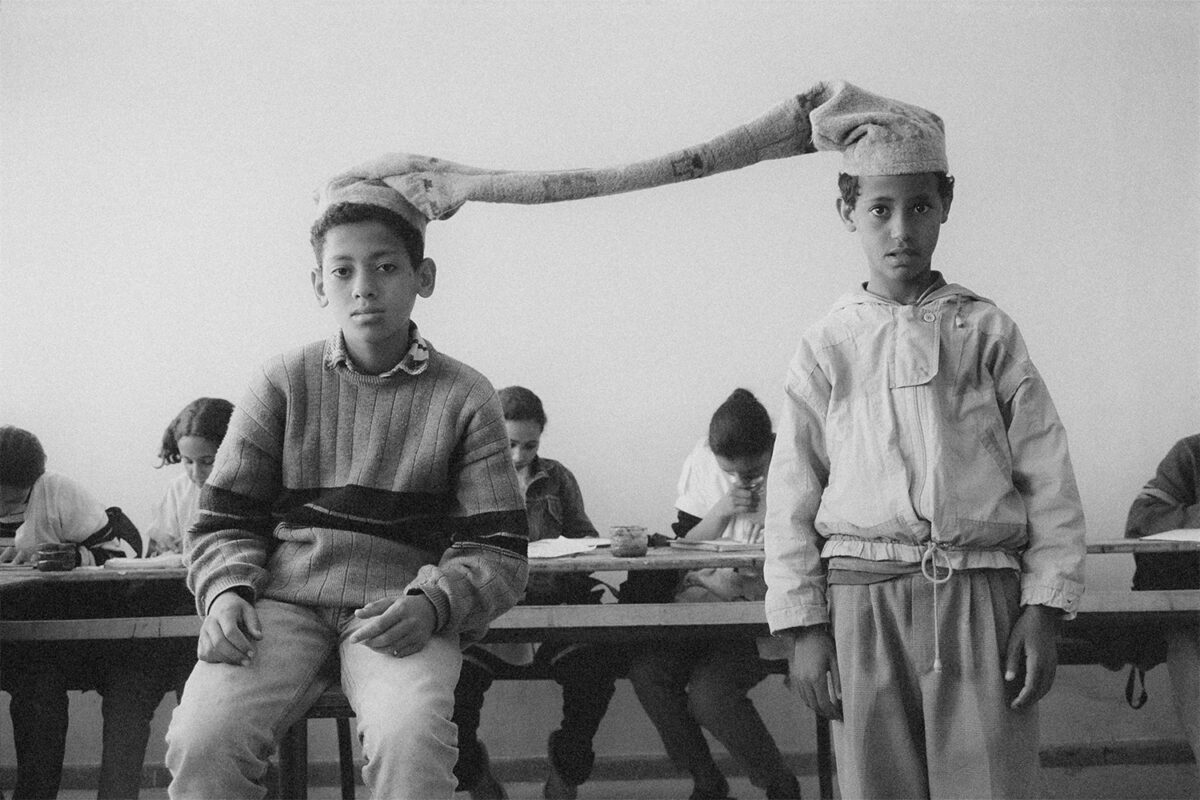
Organised by Fondazione MAST in Bologna (Italy) the VI Biennal of Foto/Industria promotes twelve exhibitions (eleven solo and one group show) exploring the theme of “GAME”. Different spaces around the city host the photographer’s works, creating a unique narrative of such a varied theme. The exhibition has just been extended until 8th December (the exhibition at Palazzo Boncompagni will end on November 26th).
Every two years, the Foundation hosts and supports the world’s only biennial dedicated to the photography of Industry and Work. Under the artistic direction of Francesco Zanot, the 2023 edition of Foto/Industria also celebrates Fondazione MAST’s 10th anniversary.
I interviewed Francesco a week ago. We talked about the potential dangers hiding behind the technological advances proposed by the gaming industry; the experience-driven society we live in; what gaming can teach us and the vacillating trust we put in photographs.
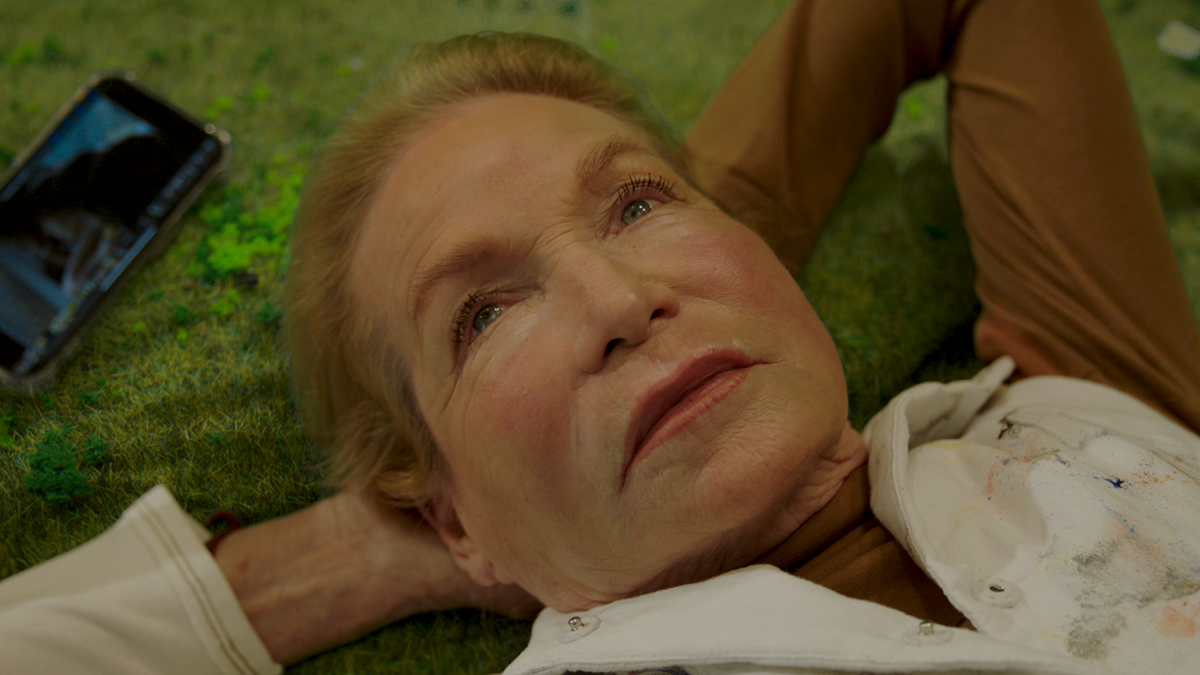
Why did you choose to focus on “Game”?
The last edition of Foto/Industria focused on the food industry. It took place at the end of 2021, right after the pandemic. Once that edition was over, we started thinking about what the next topic could be. There were multiple reasons that led us to identify gaming and the gaming industry: firstly, because of its liberating character, that seemed urgent after the difficulties that all of us have dealt with in the last few years; secondly, because of its universal character (even more important in the historical moment we are living: playing unites us all); finally, because gaming constitutes an industry of great importance and great tradition.
How can gaming and the gaming industry offer us a glimpse into the contemporary world?
Games and the gaming industry are constantly changing over time. For this reason, the theme of gaming can be a useful gateway to investigating contemporary society. For example, these days we all play the same games, no matter where we live or come from. Local peculiarities are thinning out. Through play, one could easily talk about democracy or globalisation.
There is also the question of technology: games are becoming more and more technological, sometimes even constituting the test bed for the most advanced scientific findings. I’m referring to virtual and artificial intelligence, of course. Yet, these innovations could also lead to some problematic and dangerous effects. Think of the interfaces that soldiers now use to guide drones in current wars: they resemble those of a video game, and they are often controlled from far away. This increases the sense of detachment from reality and the lack of awareness of the actual consequences connected to such actions.
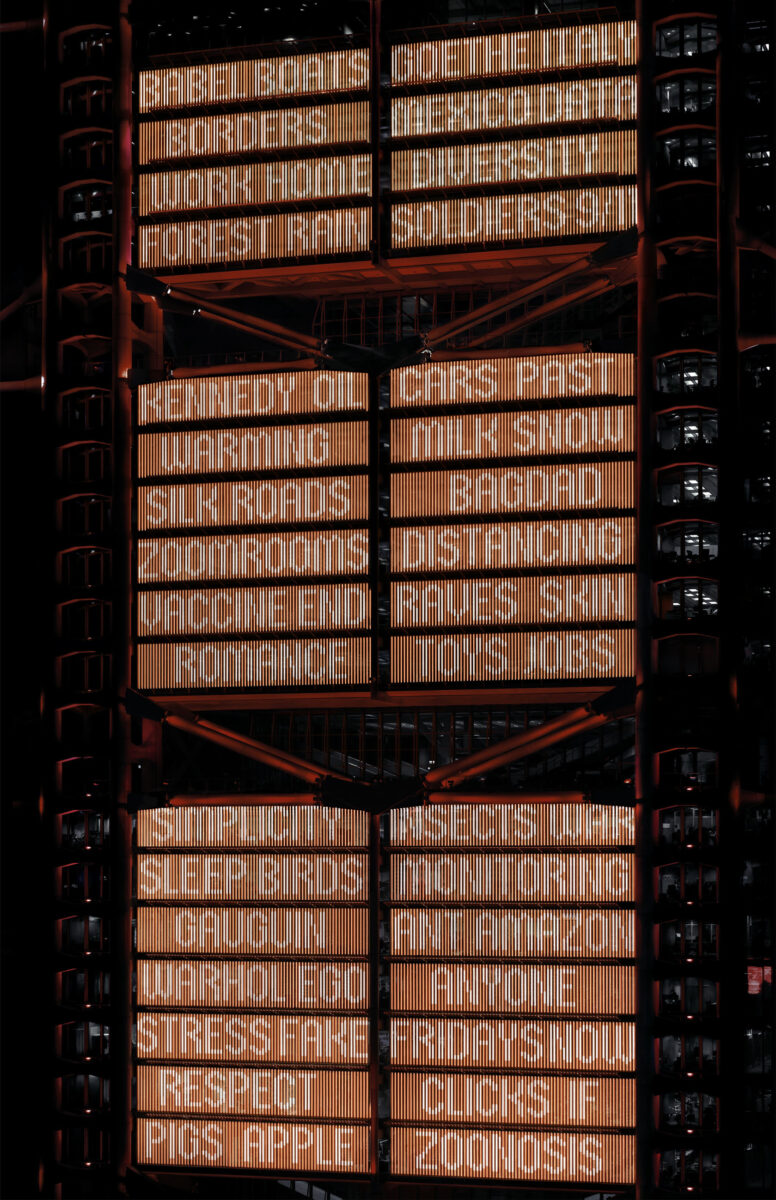
Creating experiences, whether physical or virtual, has been the hallmark of contemporaneity. How did it influence photography? What is the relationship between photography and the gaming industry in this context?
There’s a paradox here: while digital photography has completely replaced analogue materials in fields related to the social and commercial use of this medium, artists working with photography are attributing growing importance to the physical aspect of their work. On the one hand we talk about images, on the other hand, we talk about pieces, which have a body, a weight, a presence. For example, we see more and more artists working on installations. There, the set-up becomes as important as the works themselves. Often, these installations provide an immersive experience: the photograph is not just seen, but it is felt with the whole body.

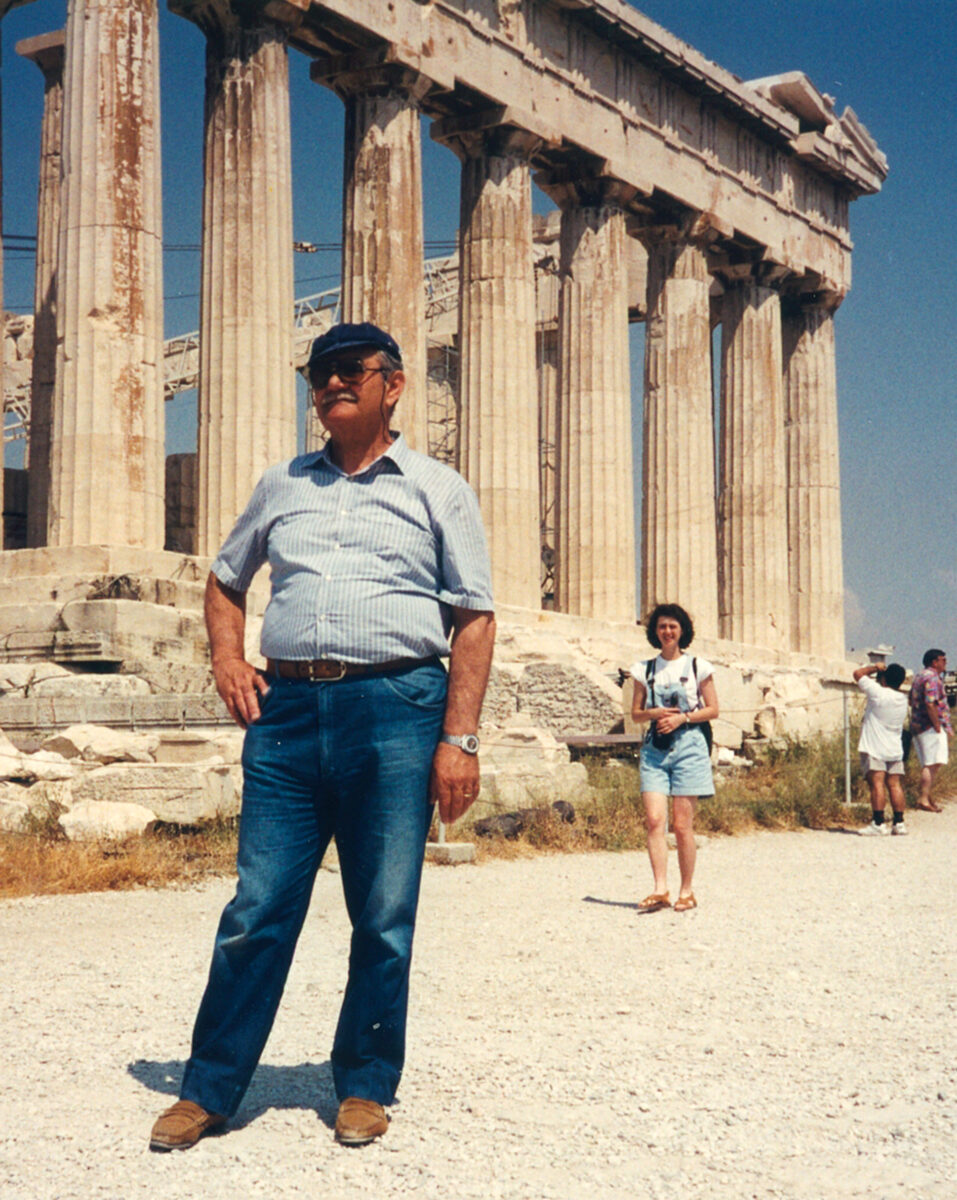
Is there a connection with the pandemic and how it obliged people to find refuge in more solitary or virtual activities? This immediately leads to mind the gaming world.
The gaming industry is among those that have resisted the pandemic. Not only that, it is even estimated to have grown between 2019 and 2021. Playing games is not just a solitary activity, it has a very important social and relational function as well. During the pandemic, it didn’t just help us to kill time, but also to establish new connections. Perhaps this is why it didn’t go through any recession from an industrial and economic point of view.
The twelve exhibitions of Foto/Industria 2023 represent a timeline of views on the topic of gameplay, spanning from the late 19th century until the present day. How has the photographic narrative around games changed over the years?
Traditionally, games and photography have asked their users a similar thing: to believe in them. Games and photography work if we have faith in what we are doing or seeing. Over the decades, this attitude has remained unchanged in the case of playing, despite the fact that games confront us with situations that look more and more impossible. However, the same cannot be said about photography, where our blind trust has begun to fade away. If until a few years ago the photographic narrative around games took place within this common ground, this is no longer the case today: it is easier to trust a game than the photographs around us.
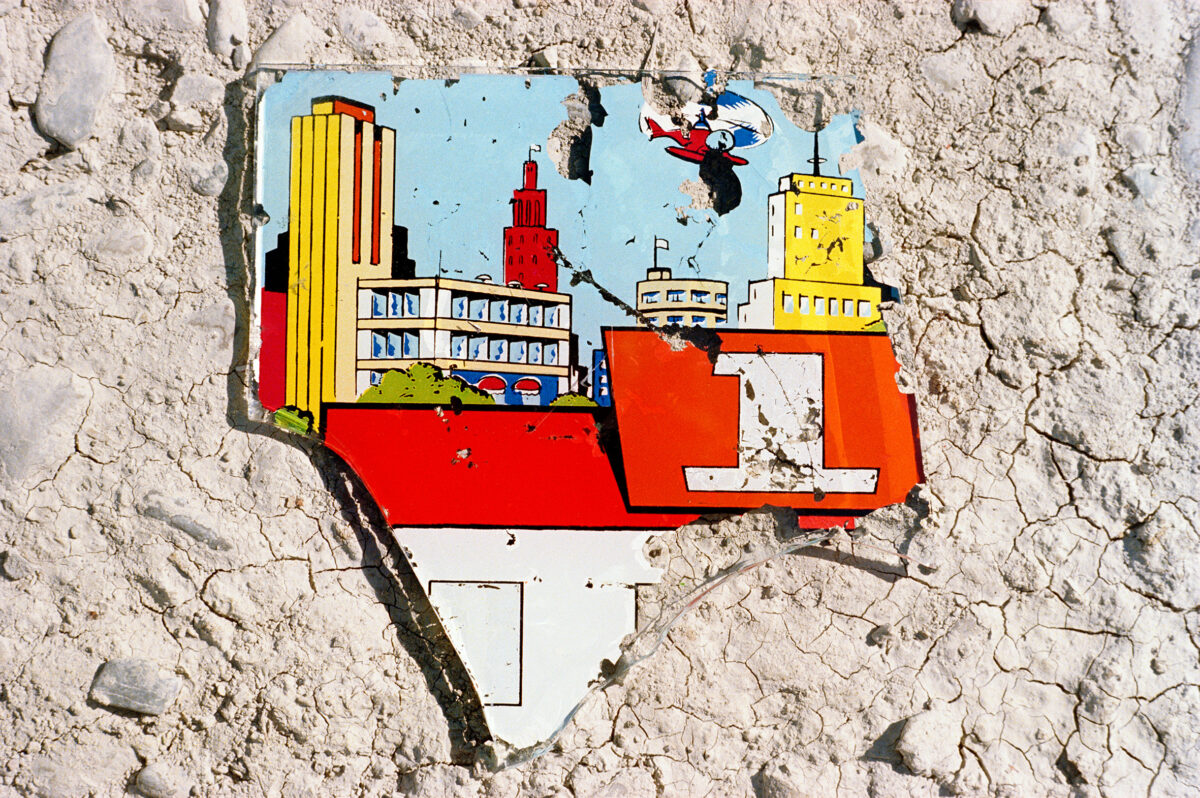
Gaming is often denigrated for its addictive nature. Many studies also focus on the social isolation, or depression it may lead to. Yet, this view only takes into account a segment of game play. With twelve shows and an important selection of international artists, what aspects did you decide to investigate in this biennial?
Play is a subject of great complexity. We have investigated it starting from its connections with industry and labor, which are the main topics underlying the Foto/Industria biennale. This has been its core since its first edition, ten years ago. We started looking at games as the result of a production process, as objects, hardware, devices.
The conception of play as a device allows us to divide the exhibitions at Foto/Industria into four groups: those in which play is understood as a technological device (play as machine); those that analyse play as a spatial device (play needs space); those in which play becomes a social device; and finally those where play is a tool for the invention of reality. From this very broad subdivision, the exhibitions head towards multiple directions touching on areas that are very different from each other. These includes the relationship between play and psychology, sociology, ecology, history, philosophy, politics, and much more.
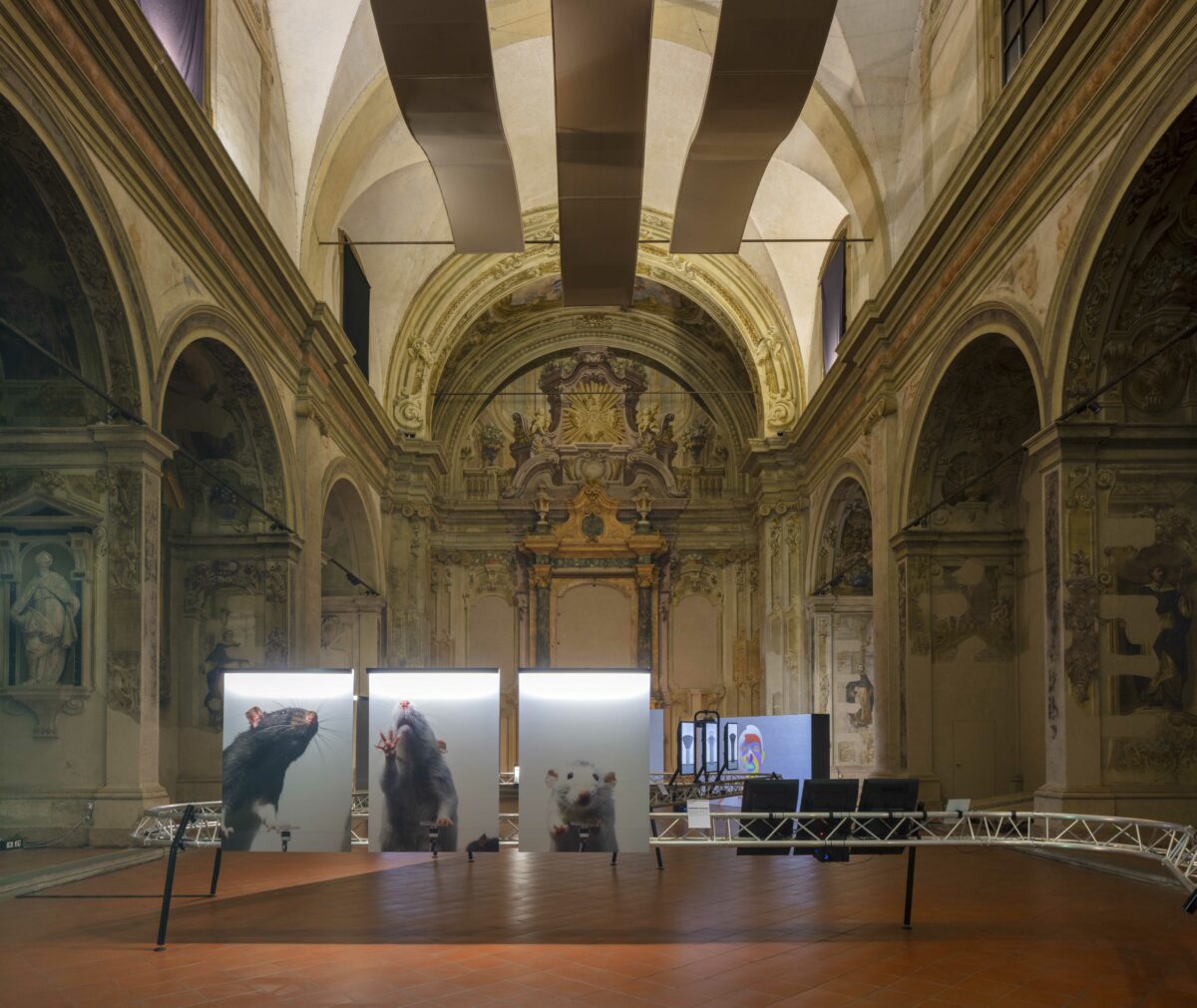
Often the curatorial practice turns into a learning process. What have you learnt curating “GAME”?
In the field of photography this learning process is very recurring. Photographs need a real subject (at least all photographs taken without the aid of AI), which is often described by the images and which includes a great deal of information. I inevitably learned a lot around the subject of play and games, which wasn’t my area of expertise. I was aware of the great richness of the subject. Now I am also well aware that play is a very serious matter. As Johan Huizinga writes, recalling a child playing with a toy train with his father, “Don’t kiss the locomotive, Daddy, or the carriages won’t think it’s real”.
We’re nearing the end of 2023, so here’s a ritual question: five artists to watch next year?
This is a complicated question. There are so many forces that animate the world of art and photography. It would be too difficult to name just a few artists. I’d like to mention a geographical area, instead: I see a lot of extremely interesting works by young South American photographers. This region is often overlooked by those in the industry. Yet, I believe there will be many projects coming from there in the near future. We ought to keep an eye on them.
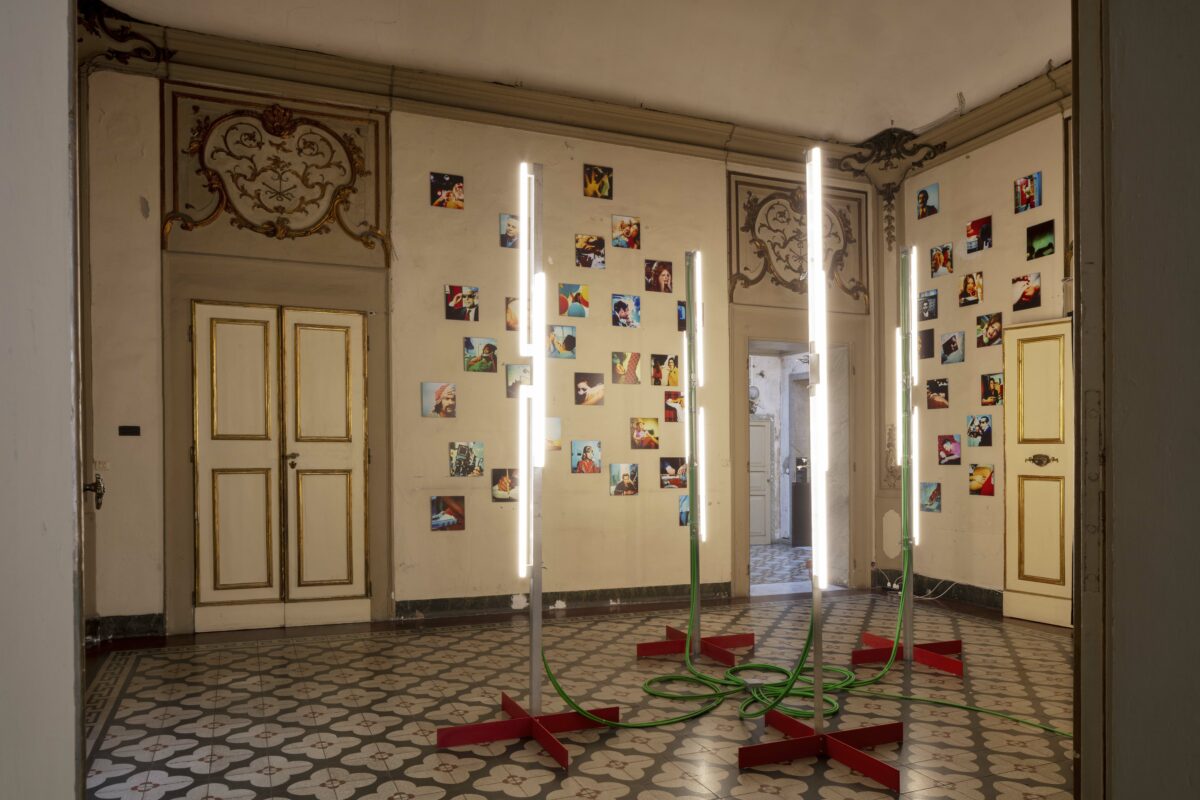
FOTO/INDUSTRIA 2023, Curated by Francesco Zanot, Bologna, 18th October – 8th December 2023 (the exhibition at Palazzo Boncompagni ends on November 26th) FONDAZIONE MAST, via Speranza, 42, Bologna




